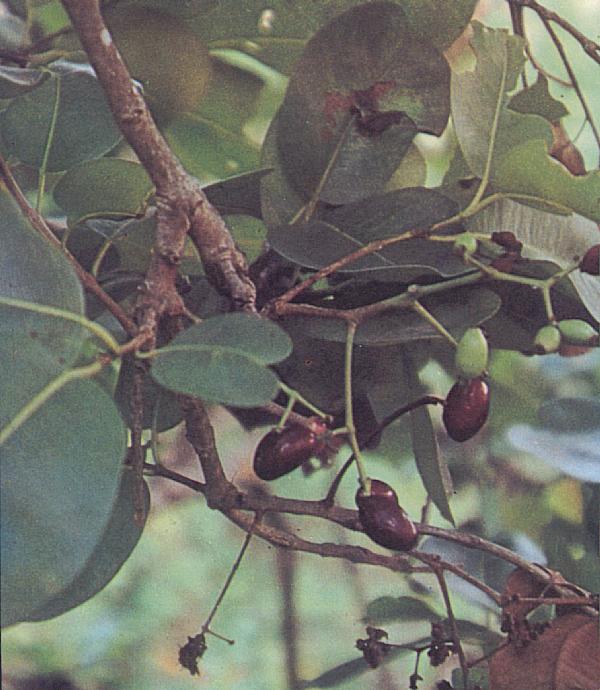 |
 |
|
Ampalaya Family
cucurbitache Scientific name: momordica
charantia l. local names
amargoso (Sp)
ampalaya (Tag)
ampalia (Tag)
apalaya (Tag)
apalia (Pamp)
apape (lbn)
apapet (Itn)
margoso (Tag)
palia (Bis, Bon, If)
paria Bis, Bon If, Ik)
pulia (Sub)
saligun (Sul)
african cucumber (Engl)
balsam apple (Engl)
balsam pear (Engl)
bitter gourd (Engl)
tuberculated momordica (Engl)
Traditional
uses A root
1. an ingredient in a mixture
used to stimulate sexual desire
2. strong decoction used to
induce abortion
3. poultice applied on
hemorrhoids
4. decoction used for cleaning
wounds B. leaves
1. poultice applied for
headache
2. juice given to children
with cough
3. juice taken in to expel
intestinal worms
4. juice taken in for diarrhea
5. juice drunk to promote
menstrual flow and childbirth
6. juice drunk to reduce fever
7. poultice applied on wounds,
burns, scalds, and skin diseases
8. juice mixed with coconut
oil is appied to scabies C. fruit
1. juice taken in for
dysentery
2. juice drunk to expel
intestinal
3. juice used to promote bowel
movement
4. eaten to alleviate certain
diseases of the spleen and liver, rheumatism and gout
5. oil extract applied on Research
findings
leaves contain bitter
alkaloid(momorcidin and glucoside).
juice of ampalya increases intestinal peritalsis (rhythmic, wave
like motion).
decoction of ampalaya leaves shows hypoglycemic property (lowers
level of blood sugar).
a part of juice of ampalya
leaves mixed with an equal part of coconut oil
is suggested to be effective for curing scabies.
extracts of ampalya leaves have been
found to have antibacterial properties particularly against gram-
positive bacteria.
Food
values
both the fruit and the young
leaves are eaten as vegetables. they are a good source of iron, calcium,
phosphorous, vitamins A, B and C and folic acid. Botanical and agricultural characteristics
habit: vine
habitat: settled areas,
thickets, waste places
propagation: seed Recommneded medicinal uses
for wounds: the extract of fresh ampalya leaves
is appied on affected areas.
for scabies: the leaves are
warmed with equal parts of coconut oil applied accordingly.
for intestinal worms: one
teaspoonful of the juice of the leaves with one teaspoon of coconut milk
is taken once a day.
|